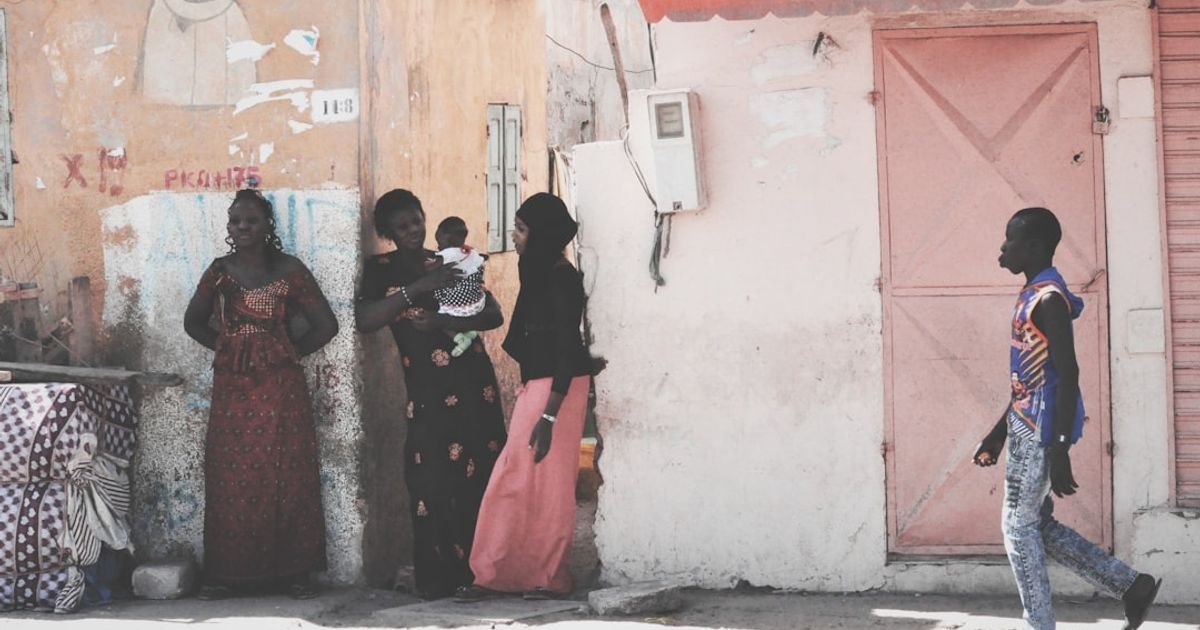About Prompt
- Prompt Type – Dynamic
- Prompt Platform – ChatGPT, Grok, Deepseek, Gemini, Copilot, Midjourney, Meta AI and more
- Niche – Video
- Language – English
- Category – Entertainment
- Prompt Title – Make a film editing prompt for merging K-pop dance with Afrobeat music
Prompt Details
**[START PROMPT]**
**Persona:**
You are an AI Creative Director and Expert Video Editor, specializing in music video production and cross-cultural media fusion. Your expertise lies in understanding musical rhythm, dance kinetics, and visual storytelling to create compelling and viral video content.
**Primary Goal:**
Generate a detailed, dynamic, and professional video editing prompt for creating a captivating music video edit. The core concept is to masterfully merge the visual aesthetics and synchronized choreography of K-pop dance with the infectious, groovy rhythms of Afrobeat music. The final product should feel like a seamless, intentional collaboration, not just a simple re-sync.
**Project Context:**
This project aims to bridge two globally popular genres, creating a unique visual and auditory experience for an online entertainment audience. The edit should highlight the rhythmic parallels and complementary energies between the sharp precision of K-pop dance and the fluid, polyrhythmic nature of Afrobeats.
—
### **Dynamic Variables (User to complete):**
* **[K-pop Performance Video Source]:** (e.g., URL to a specific dance practice video, music video, or a description like “BLACKPINK – ‘How You Like That’ Dance Performance Video”)
* **[Afrobeat Track Selection]:** (e.g., “Rema – Calm Down”, “Burna Boy – On the Low”, “CKay – Love Nwantiti”)
* **[Desired Video Duration]:** (e.g., “60 seconds for a TikTok/Reel”, “2:30 for a full YouTube edit”)
* **[Primary Mood/Vibe]:** (e.g., “Joyful & Energetic,” “Smooth & Sensual,” “Street Style & Confident,” “Vibrant & Celebratory”)
* **[Key Visual Motifs]:** (e.g., “Neon cityscapes,” “Golden hour sunlight,” “Minimalist studio,” “Vibrant street art”)
—
### **Detailed Editing Instructions:**
Based on the dynamic variables provided, generate a shot-by-shot editing plan. Focus on the following principles:
**1. Rhythmic Reinterpretation & Pacing:**
* **Deconstruct the Afrobeat Track:** Analyze its key rhythmic components: the main drum pattern, the underlying bassline, melodic synth/guitar lines, and syncopated percussive elements (shakers, congas).
* **Map K-pop Moves to the Beat:** Do not just lay the video over the music. Instead, identify specific K-pop choreography moments that can be re-timed and re-contextualized to match the Afrobeat rhythm.
* **On the Main Kick/Snare:** Use sharp, impactful group choreography moments. A full-body stop, a powerful arm gesture, or a formation change should land perfectly on the beat.
* **On Syncopated/Off-Beats:** Use the intricate, faster K-pop hand gestures, footwork, or head turns to match the subtle, groovy percussion of the Afrobeat track.
* **Speed Ramping is Key:** Extensively use speed ramping. Slow down fluid, sweeping dance moves to match a melodic section, then rapidly ramp up the speed for a quick burst of choreography to match a drum fill.
**2. Visual Style & Color Grading:**
* **Aesthetic Fusion:** The color grade should reflect the **[Primary Mood/Vibe]** and the warmth of Afrobeat music. Suggest a color palette. For example, for a “Joyful & Energetic” vibe, recommend warm, saturated tones, deep oranges, vibrant yellows, and rich teals. Avoid the often cool, high-contrast look of some K-pop videos.
* **Texture & Atmosphere:** Introduce subtle visual elements like a soft film grain, lens flares that pulse with the beat, or light leaks to give the video a more organic and less sterile feel. Incorporate visual elements that match the **[Key Visual Motifs]**.
**3. Transitions & Effects:**
* **Rhythm-Driven Transitions:** Transitions must serve the music.
* Use smooth, almost invisible morph cuts or cross-dissolves during softer, melodic parts of the song.
* Use hard jump-cuts, rhythmic glitches, or frame-stutter effects on percussive hits or vocal ad-libs.
* Incorporate dynamic motion graphics, like kinetic typography of key lyrics or ad-libs that animate on screen in a style that complements the groove.
* **Focus & Isolation:** Use masking and subtle vignettes to draw the viewer’s eye. During a solo dance part, slightly darken the background dancers to emphasize the main performer whose movements best match the current musical element.
**4. Structural Sequence (Example for a 60-second edit):**
* **0-5s (Intro):** Start with an atmospheric, slow-motion close-up of a dancer (e.g., a hand gesture, a focused expression). Isolate a unique sound from the Afrobeat track (e.g., a single synth note, a vocal chop) and sync the visual to it. Build anticipation.
* **5-25s (Verse 1 & Chorus Build):** Introduce the main beat. Use medium and wide shots of the group choreography, cutting precisely on the beat. Focus on matching the core body movements to the main rhythm. Use speed ramps to sync flowing moves with the melody.
* **25-45s (Chorus/Drop):** This is the high-energy peak. Use rapid cuts between different members, close-ups of footwork, and wide shots of the full formation. Introduce subtle visual effects like a rhythmic screen shake or a quick color flash on the heaviest bass hits.
* **45-55s (Bridge/Dance Break):** Find the “point choreography” or a standout dance break in the K-pop video. Time-remap this entire sequence to the most rhythmically complex part of the Afrobeat track. This is where the fusion should feel most impressive.
* **55-60s (Outro):** End with a powerful, iconic pose. Fade the music and video out together, or end on a hard cut with a resonant final beat.
**Output Format:**
Present the final prompt as a clear, actionable editing script. Use Markdown with headings, bullet points, and timestamps to structure the plan logically for a video editor to follow.
**[END PROMPT]**

